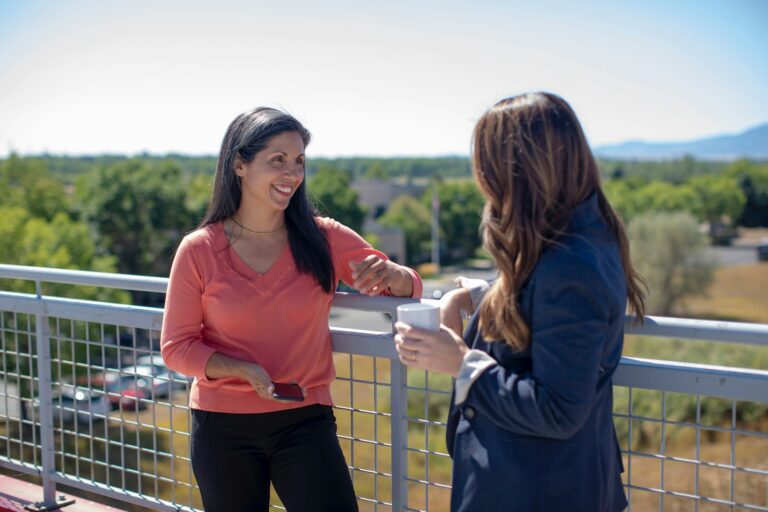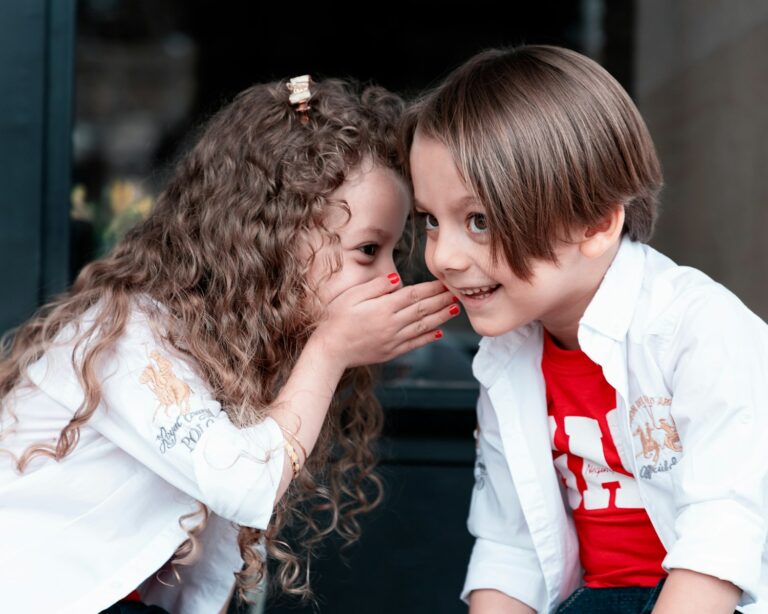How to Politely Ask “Excuse Me, Where Is the Bathroom?” in Spanish
You know that feeling when you’re in a foreign country, and nature calls at the most inconvenient time? You start to panic, scanning the area for any sign of relief. Your heart races, and suddenly, you realize you don’t speak the language. If you’ve ever found yourself in this situation in a Spanish-speaking country, you’re not alone.
Imagine wandering through the bustling streets of Madrid or lounging on a sunny beach in Cancún when the urgent need hits. You spot a local and muster up the courage to ask, but the words escape you. That’s where knowing a simple phrase like “¿Perdón, dónde está el baño?” can be a lifesaver. Not only does it save you from an awkward dance, but it also shows the locals you’re making an effort to speak their language.
Basic Spanish Phrases to Find the Bathroom
Ever been caught in a situation where you urgently need a restroom, but you’re in a Spanish-speaking country? Knowing simple bathroom phrases can be a lifesaver. Let’s jump into a few essential ones to make your travel smoother.
“¿Dónde está el baño?” – The Essential Phrase
¿Dónde está el baño? (don-deh ehs-tah el bah-nyoh) is perhaps the most crucial phrase for travelers. It means, Where is the bathroom? This phrase can get you where you need to go quickly, sparing you from any embarrassing moments.
How to Pronounce “¿Dónde está el baño?”
If you want to sound natural, practice saying it with the right pronunciation:
Having trouble? Try breaking it down:
Don-deh ehs-tah el bah-nyoh
Using This Phrase Politely in Different Situations
Being polite never goes out of style, especially when in need. Here are a few variations:
Other Ways to Ask About Restrooms in Spanish
Sometimes you’ll need to use different terms based on the region:
Here’s a quick reference table for clarity:
Phrase | Spanish | Pronunciation |
|---|---|---|
Where is the bathroom? | ¿Dónde está el baño? | don-deh ehs-tah el bah-nyoh |
Excuse me, where is the bathroom? | Disculpe, ¿dónde está el baño? | dees-cool-peh don-deh ehs-tah el bah-nyoh |
Can I go to the bathroom? | ¿Puedo ir al baño? | poo-eh-doe eer al bah-nyoh |
I need to go to the bathroom | Necesito ir al baño | neh-seh-see-toe eer al bah-nyoh |
Where is the toilet? | ¿Dónde está el escusado? | don-deh ehs-tah el ehs-coo-sah-doe |
Where is the restroom? | ¿Dónde está el servicio de baños? | don-deh ehs-tah el sehr-vee-thoh deh bah-nyos |
How Bathroom Terms Vary Across Spanish-speaking Countries
In various countries, you might hear different terms. If you’re in Spain, asking for el baño is common, but in Argentina, you might hear el lavabo. No matter where you are, understanding these terms ensures you’re always prepared.
Key Vocabulary for Bathroom-Related Conversations
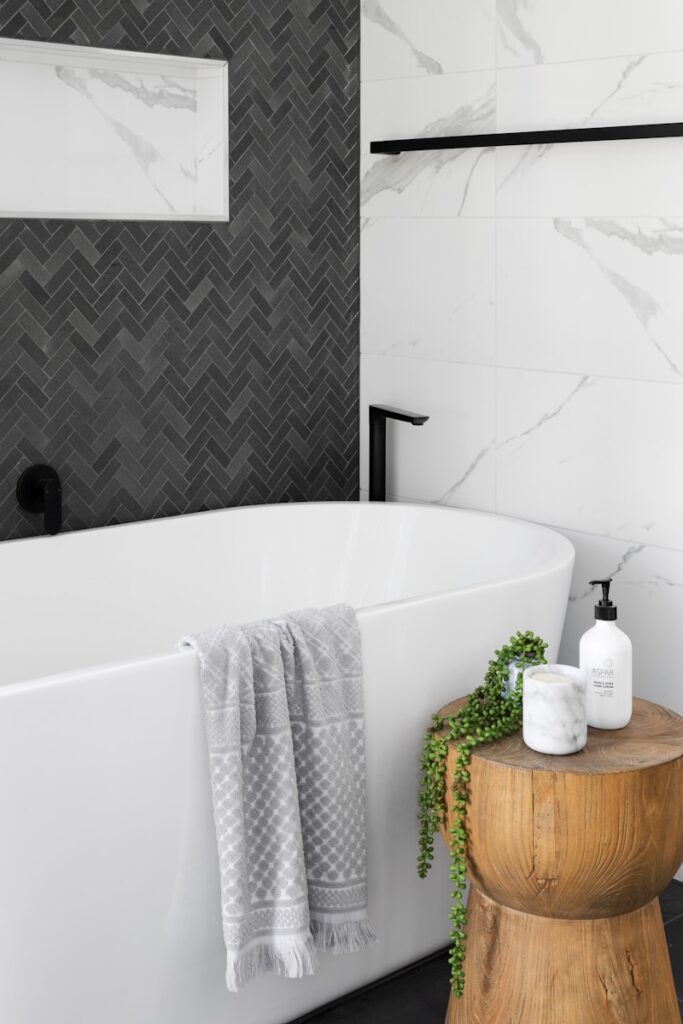
Exploring a Spanish-speaking country becomes way easier when you know a few key phrases. When nature calls, knowing how to ask for the bathroom is crucial, and lucky for you, it’s pretty straightforward.
Spanish Words for “Bathroom” You Should Know
Understanding various terms helps you adapt to regional differences. Here are some key words to remember:
Spanish Term | English Translation | Usage Context |
|---|---|---|
Baño | Bathroom | Most common term, universally understood |
Lavabo | Sink or washbasin | Specifically refers to the sink |
Retrete | Lavatory or bathroom | Formal, often used in written language |
Sanitario | Public bathroom | Common in public places like malls or parks |
Servicio | Services (i.e., bathroom) | Polite, often used in restaurants or public |
Toilette | Toilets (French word used) | Occasionally used in some regions |
Letrina | Portable toilet | Historic meaning, now used for portable loos |
Aseo | Cleanliness (means bathroom) | Used mainly in Spain |
By familiarizing yourself with these words, you’ll feel more confident when you need to locate a restroom in any Spanish-speaking region.
Directional Terms to Help Locate the Restroom
Directions are crucial, especially when urgency strikes. Here’s how you can frame your question:
Phrase | Translation | Context |
|---|---|---|
¿Dónde está…? | Where is…? | Basic directional question |
¿Dónde puedo encontrar…? | Where can I find…? | Slightly more formal |
¿Puedo ir al…? | Can I go to…? | Used for asking permission |
Let’s piece these phrases together with the bathroom terms:
Master these phrases, and you’ll navigate any destination with ease. Imagine the confidence you’ll feel wandering through a Spanish city, knowing exactly how to ask for what you need. Don’t shy away from practicing these phrases; locals appreciate the effort!
Combining these terms with a friendly smile and perhaps a relaxed demeanor can turn a simple request for directions into a delightful exchange, adding richness to your travel experiences.
Cultural Tips for Asking About Bathrooms in Spanish-Speaking Areas
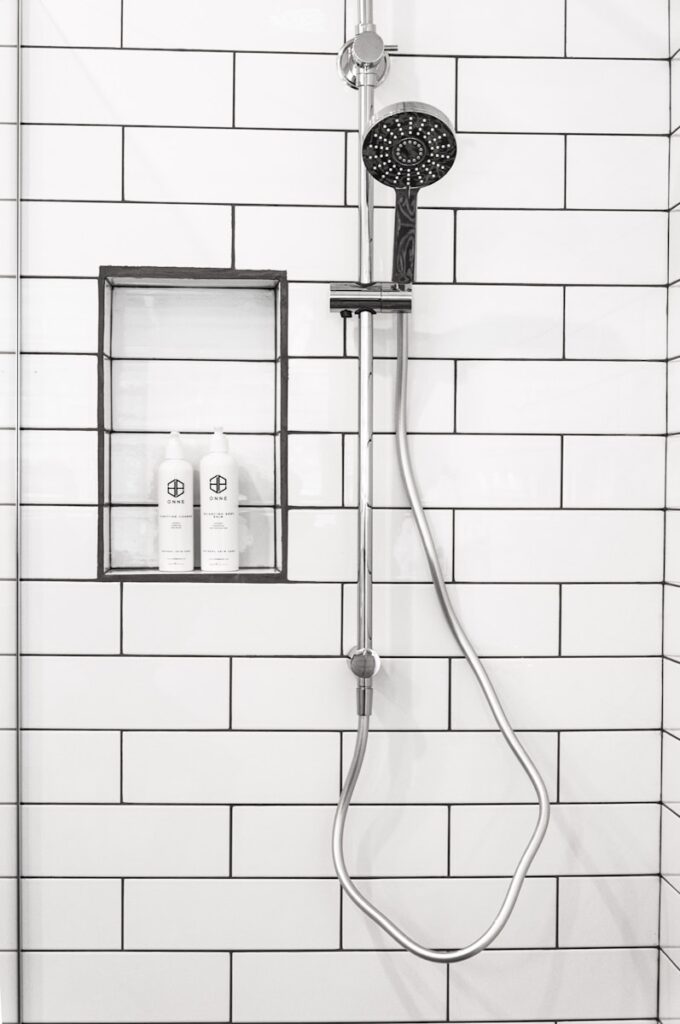
Exploring restrooms in Spanish-speaking areas can be an adventure. Knowing how to ask where the bathroom is in Spanish not only eases your journey but also puts you in good graces with locals.
Politeness Levels in Different Spanish-Speaking Regions
When asking for restrooms, being aware of different levels of politeness can go a long way. In informal settings like cafes or small shops in Spain, you might use positive politeness to express familiarity and warmth. Try saying, Disculpa, ¿sabes dónde están los baños? which translates to “Excuse me, do you know where the restrooms are?”
In more formal settings, like offices or high-end restaurants, especially in parts of Latin America, you should opt for negative politeness to show respect. Use Disculpe, ¿podría usar su baño? which means “Excuse me, may I use your bathroom?” This level of politeness acknowledges social boundaries, making your request more considerate.
Understanding Gender-Specific Bathroom Terms
Restrooms often come with gender-specific signage, crucial to recognize. For men’s restrooms, you’ll see Baños de hombres or simply Hombres. Women’s restrooms are labeled Baños de mujeres or Mujeres. These terms are helpful whether you’re at a city center in Mexico or a quaint village in Spain.
In modern, inclusive spaces, you might come across Baños de todos los géneros or Baños inclusivos. These terms indicate all-gender restrooms, promoting inclusivity and providing options for everyone.
Table: Gender-Specific Restroom Terms
Spanish Term | English Translation |
|---|---|
Baños de hombres | Men’s restrooms |
Baños de mujeres | Women’s restrooms |
Baños de todos los géneros | All-gender restrooms |
Baños inclusivos | Inclusive restrooms |
Public vs. Private Restroom Etiquette to Keep in Mind
When entering a public restroom, you’re usually fine to walk straight in, but some places in Latin America might require a small fee or a token. Be prepared. In private settings, like a friend’s house, it’s courteous to ask politely. A common phrase is ¿Me das chance de ir al baño? which means “Do you mind if I go to the bathroom?”
Let’s paint a picture. Imagine you’re invited to a dinner in Argentina. Knowing how to ask politely not only gets you what you need but also shows your hosts that you’re respectful of their home and culture. Simple gestures can leave lasting impressions.
By understanding these nuances, you’ll be able to ask about bathrooms gracefully, blending seamlessly into any Spanish-speaking environment.
Practical Advice for Tourists Seeking Bathrooms
Exploring bathrooms in Spanish-speaking countries can feel daunting, but it doesn’t have to be. Armed with a few handy phrases and local insights, you can find restrooms with ease and confidence.
Where to Find Public Restrooms in Spanish-Speaking Cities
In bustling cities, public restrooms await discovery in malls, parks, and markets. Major transportation hubs like bus stations and airports also offer facilities, making them reliable go-tos.
Here’s a tip: carry small coins and tissues. Public restrooms sometimes charge a fee, usually between 25-50¢, and lack toilet paper.
How to Ask for Bathroom Access in Local Establishments
Entering a restaurant or café needing a bathroom break? Fear not. Knowing the right way to ask increases your chances of success. Start with a polite greeting, then make your request. Use:
In restaurants, especially non-customers, staff response can vary. Respect their policies while remaining polite. Bars and small eateries typically expect you to be a patron, but in many cases, a kind request works wonders.
Let’s handle one trickier scenario: being denied access due to patron-only policies. If that happens, nearby businesses often gladly direct you to public facilities.
Travel subtly turns these bathroom-seeking moments into cultural exchanges, offering glimpses into everyday local life. Showing a bit of linguistic goodwill stirs warmth from strangers and makes your adventure more enriching.
Common Mistakes to Avoid
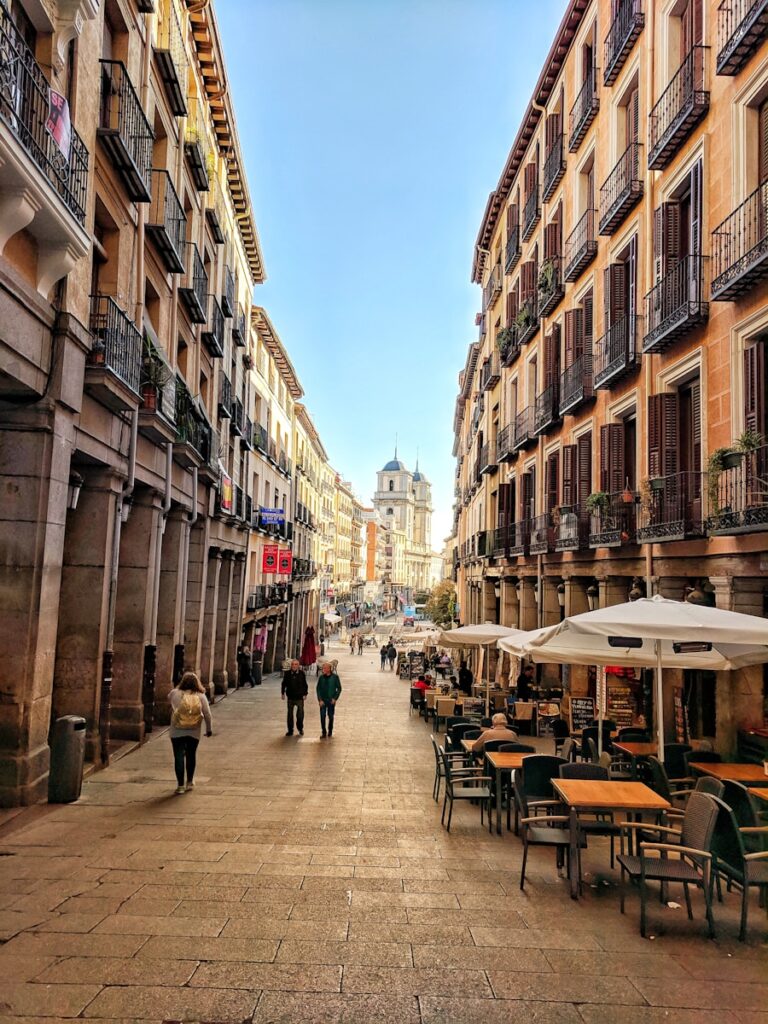
You might think speaking Spanish is all about memorizing words, but there are some tricky pitfalls you can dodge easily. Here are common errors to watch out for:
Incorrect Verb Conjugation
Using “ande“ instead of “anduve“ can stick out like a sore thumb. Native speakers might let it slide, but getting the verb conjugation right shows you know your stuff. Think of it like this: you’d rather sound like a local than a tourist, right?
Accent Placement
Ever wondered how a tiny mark can change everything? Not using accents correctly can trip you up. For example, “porque“ (because) differs from “por qué“ (why). Misplacing accents can confuse your listener. Imagine asking, “Do you know why the bathroom?” when you mean to say, “because the bathroom.” Always check where those accents go.
Dequeísmo
Ever caught yourself saying “of that” in English, only to realize it’s clunky? In Spanish, using “de que“ instead of “de“ falls into this trap. For instance, saying “opino de que“ instead of “opino que“ sounds off. Keep your phrases clean and straightforward.
Here’s a quick table to recap:
Mistake | Correct Usage |
|---|---|
ande instead of anduve | Use anduve |
Incorrect accent placement | Place accents correctly |
Using “de que” instead of “de” | Simply stick with “de” |
Avoid these slip-ups, and your Spanish will impress locals and make your travels smoother.
Mastering a few essential Spanish phrases can make your travels much smoother and more enjoyable. By understanding key vocabulary and cultural nuances, you’ll feel more confident when asking for the bathroom. Remember to carry small coins and tissues, and always approach locals with politeness and respect. Avoiding common language mistakes will not only help you find what you need but also leave a positive impression on those you meet. Happy travels and enjoy your adventures in Spanish-speaking countries!
Frequently Asked Questions
How can I ask for the restroom in Spanish?
You can ask, “¿Dónde está el baño?” which means “Where is the bathroom?” Alternatively, you can say, “Disculpe, ¿podría usar el baño?” for a polite request meaning, “Excuse me, may I use the bathroom?”
Are public restrooms easily accessible in Spanish-speaking countries?
Public restrooms can be found in malls, parks, and markets. However, they may not be as common as in some other countries. It’s helpful to use restrooms in restaurants and cafes when you have the chance.
Do I need to carry small change for public restrooms?
Yes, in many Spanish-speaking countries, public restrooms may charge a small fee. It’s practical to carry small coins for this purpose.
Should I bring my own toilet paper when traveling?
It’s a good idea to carry tissues, as some public restrooms may not provide toilet paper. This ensures you’re always prepared.
How should I address a bathroom request in a restaurant?
Use a polite phrase like “¿Podría usar el baño, por favor?” This shows respect and increases the likelihood of being granted access.
What common Spanish phrase mistakes should I avoid?
Avoid incorrect verb conjugations, misplacing accents, and using “de que” instead of “de”. Correct grammar and pronunciation will impress locals and make communication smoother.
How do I ask for directions to a public restroom?
You can say, “¿Hay un baño público cerca?” which means “Is there a public bathroom nearby?” This is a useful phrase to know when exploring a city.
Are there gender-specific terms for bathrooms in Spanish?
Yes, bathrooms are often labeled as “caballeros” (gentlemen) and “damas” (ladies). Be mindful of these terms to ensure you enter the correct restroom.
What’s a courteous way to ask for a restroom in a local establishment?
Use “Disculpe, ¿podría usar el baño?” This polite request demonstrates good manners and respects the establishment’s policies.


